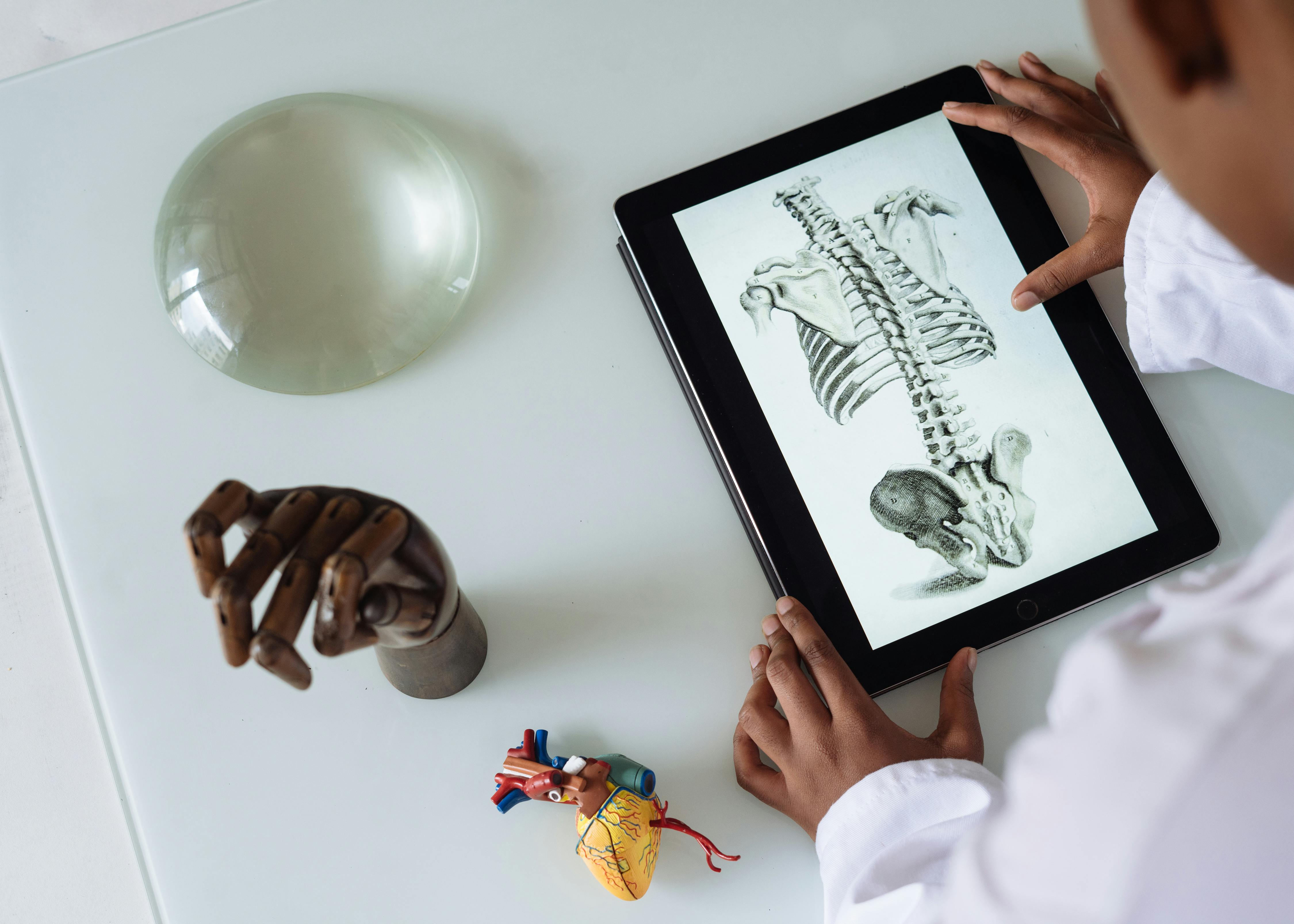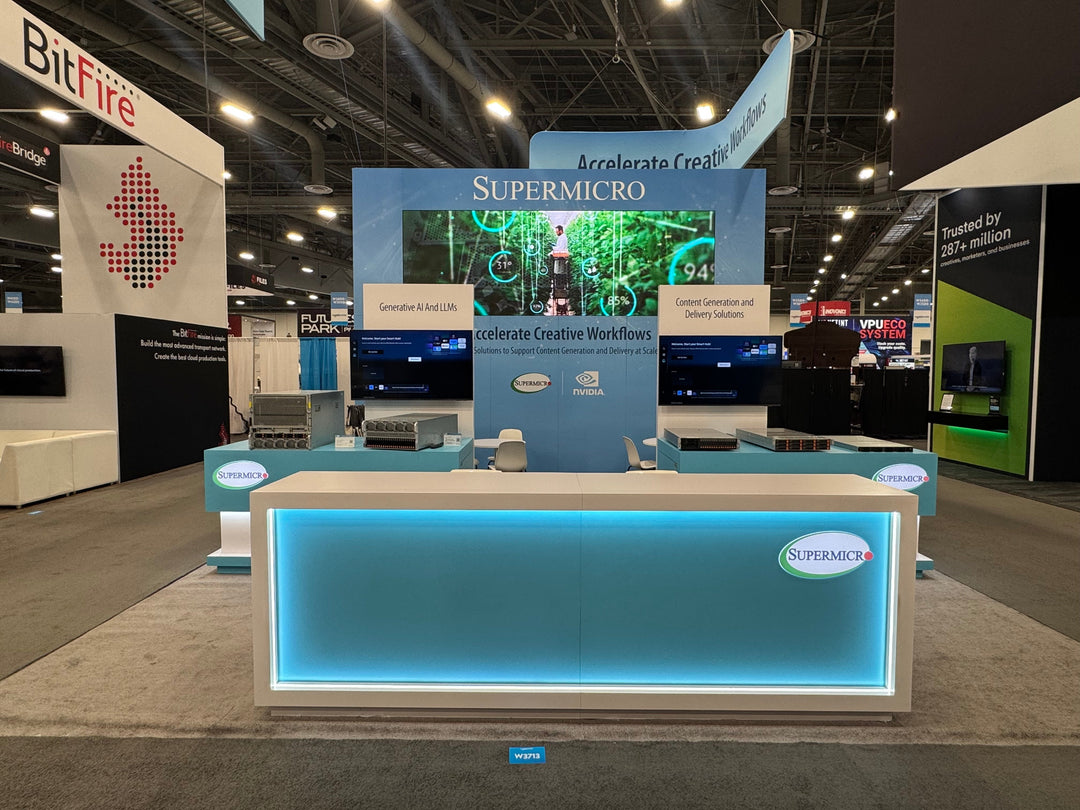Trade shows are pivotal events for businesses across industries, serving as a unique platform to showcase products, network, and engage directly with potential clients and partners. A successful trade show booth is not just about flashy designs or giving away the best freebies—it's a strategic endeavor that combines design, marketing, engagement, and follow-up into a cohesive package. This blog delves into the anatomy of a successful trade show booth, breaking down the key components that make it effective.
1. Strategic Planning
The foundation of a successful trade show booth lies in meticulous planning. This involves selecting the right trade show that aligns with your business goals and target audience. Once you've chosen the event, setting clear objectives is crucial, whether it's generating leads, increasing brand awareness, launching a new product, or networking. Your goals will dictate every subsequent decision, from the booth's design to the activities and engagements planned.
2. Attention-Grabbing Design
First impressions are everything at a trade show. Your booth must stand out in a sea of competitors, attracting attendees from across the hall. This requires a thoughtful design that reflects your brand identity and messaging clearly. Utilize vibrant visuals, compelling graphics, and innovative structures that draw people in. The design should also be functional, facilitating easy movement within the space and making your products or services the focal point.
3. Engaging Content and Demonstrations
Once you've attracted attendees to your booth, the next step is to keep them engaged. Product demonstrations, interactive displays, or immersive experiences can make your offering memorable. Incorporate technology such as virtual reality, touchscreens, or augmented reality to create engaging and informative experiences. These technologies not only entertain but also educate your audience about your products or services in a hands-on way.
4. Trained Staff
The staff at your booth can make or break the experience for attendees. Ensure your team is well-trained, knowledgeable about your products or services, and capable of engaging in meaningful conversations with potential clients. They should be approachable, enthusiastic, and equipped with the skills to qualify leads effectively. Remember, the human element of your booth is often what leaves a lasting impression on visitors.
5. Effective Lead Capture
A successful trade show booth doesn't just attract visitors—it converts them into leads. Have a clear strategy for capturing contact information, whether through traditional methods like business cards and forms or through digital means like QR codes and mobile apps. Ensure your process is quick and seamless, respecting the attendee's time and experience.
6. Follow-Up Strategy
The work doesn't end when the trade show does. An effective follow-up strategy is crucial to capitalize on the leads you've gathered. Timely, personalized follow-up communications can help convert leads into customers. Whether it's a simple thank you message, a detailed product information email, or a personal phone call, your follow-up should remind the lead of your interaction and encourage them to take the next step.
Conclusion
A successful trade show booth is a symphony of strategic planning, design, engagement, and follow-up. By focusing on these key components, businesses can create a memorable presence at trade shows that not only attracts attendees but also effectively converts them into leads and customers. Remember, the goal is to make a lasting impression that extends well beyond the trade show floor.





